
The owner of this Piha home had very specific requirements when they took on the renovation of their 2008 three-bedroom, two-storey concrete block-built home. The home had developed extensive mould within the structure, especially in the roof space due to interstitial condensation. Being extremely sensitive to mould, the owner wanted the complete removal of all the mould-affected areas as well as an assurance that no mould would form in the future. The EnerPHit — Passive House Renovation standard was chosen to ensure a warm, dry, healthy and energy-efficient build.
Darryl Sang of Sang Architects designed the project and Terry Bryers’s team completed the construction work.
The building envelope was improved by installing a continuous external insulation layer over the existing block work followed by a plaster cladding system. High performance, Passive House certified, timber framed double glazed windows with low E and low G value (high shading coefficient) glass were installed. The roof was replaced with a membrane warm roof system.
In order to achieve the desired level of airtightness, pro clima’s TESCON EXTORA PROFIL corner sealing tape was used to connect the window frames to the concrete walls. The TESCON VANA adhesive tape installation ensures the continuity of the airtightness layer from the walls to the warm roof. A pre-line Blower Door test returned an airtightness result of 0.8 air changes per hour at 50 pascals.
Ventilation was provided using a heat recovery ventilation system, due to the coastal environment an integrated dehumidification system was added to optimise the level of moisture in the home. To keep the home at the perfect temperature in winter and summer months, a heat pump was installed.
Throughout the whole design and construction process, particular attention was paid to reducing thermal bridges in the existing structure. A thermal bridge is like a heat superhighway that creates an easy path for energy to escape from the warm interior to the colder exterior or vice versa. The challenging areas included concrete terraces over internal habitable spaces, the concrete floor slab and cantilevered steel and timber roof structure.
Other sustainable building features include:
- Rainwater harvesting and borehole water supply
- Both solar hot water and solar photovoltaics with battery storage and electric car charging
- Heat pump domestic hot-water system with hospital grade stainless steel potable water system pipework
- Overhead operable louvre roof to provide extra shading to the exposed living areas
- A Passive House suitable fireplace — though not solely required for heating more for night time ambiance
All these construction elements work together as a system to provide not only comfortable and healthy environment for the occupants of the renovated home, but also ensure the energy efficiency of the build.













 New Products
New Products









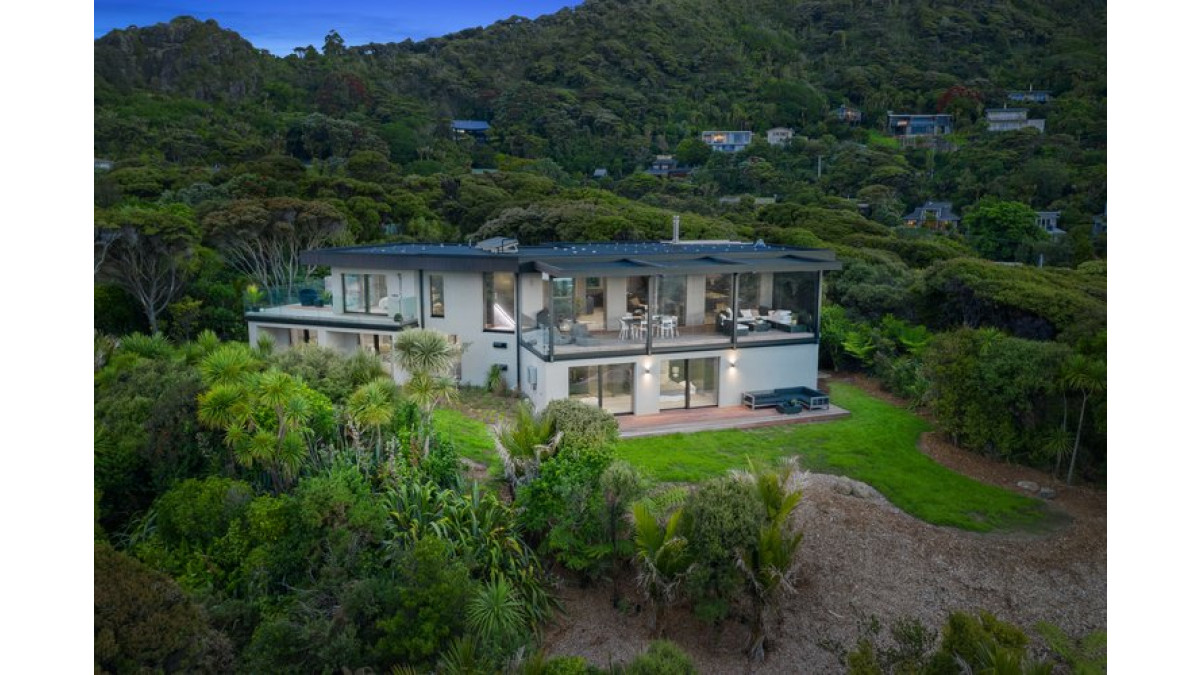


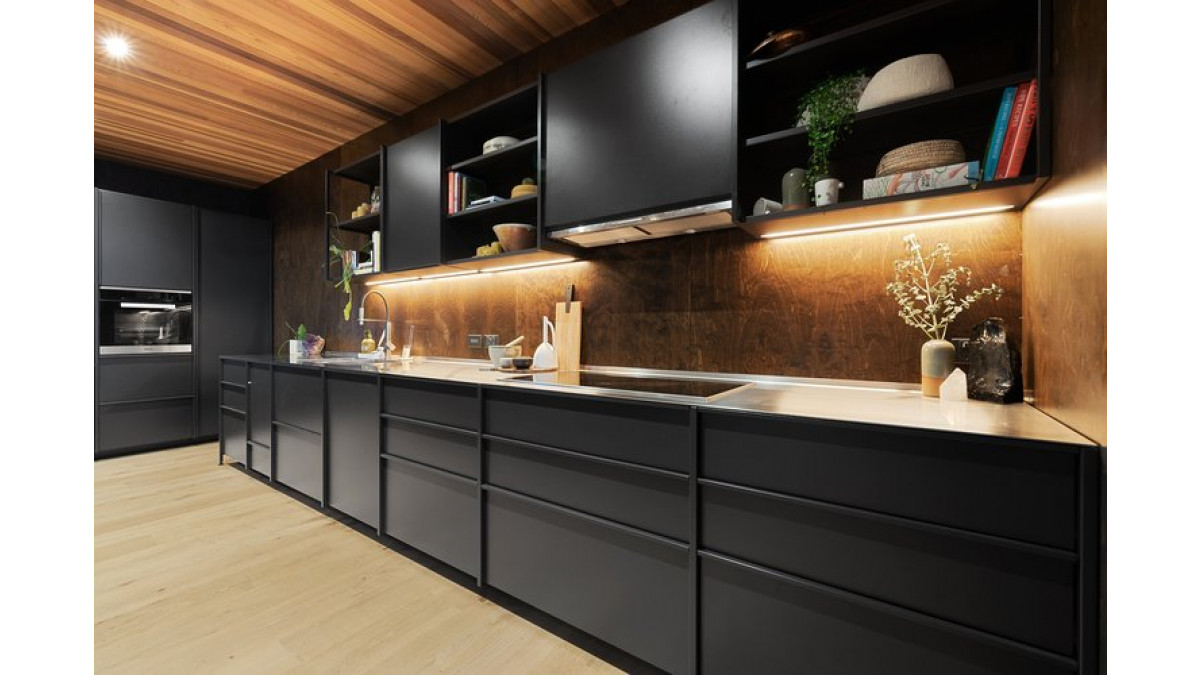




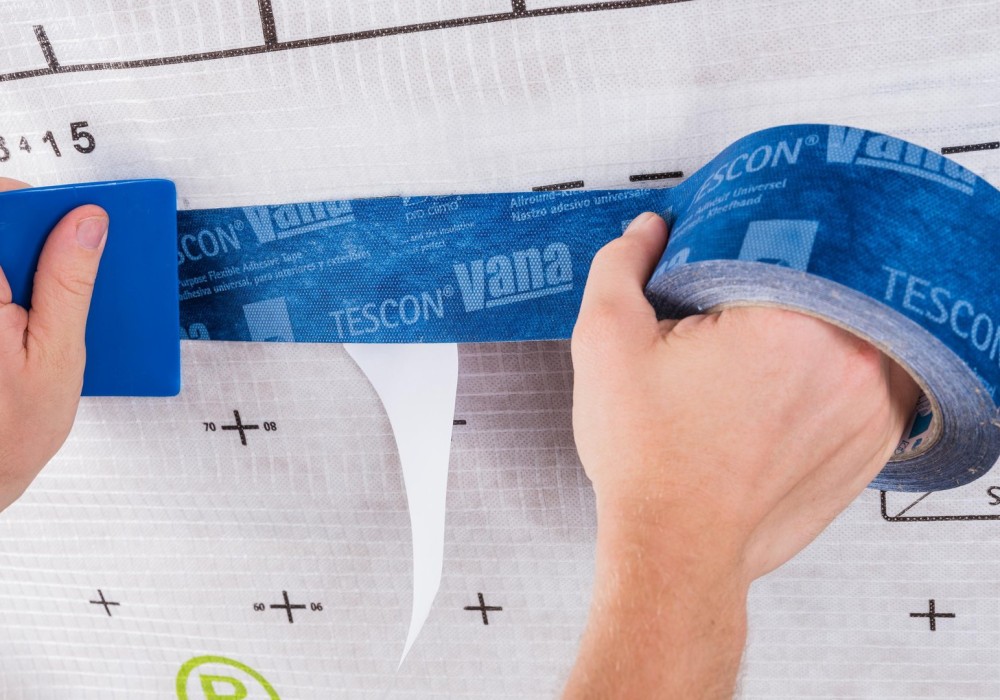


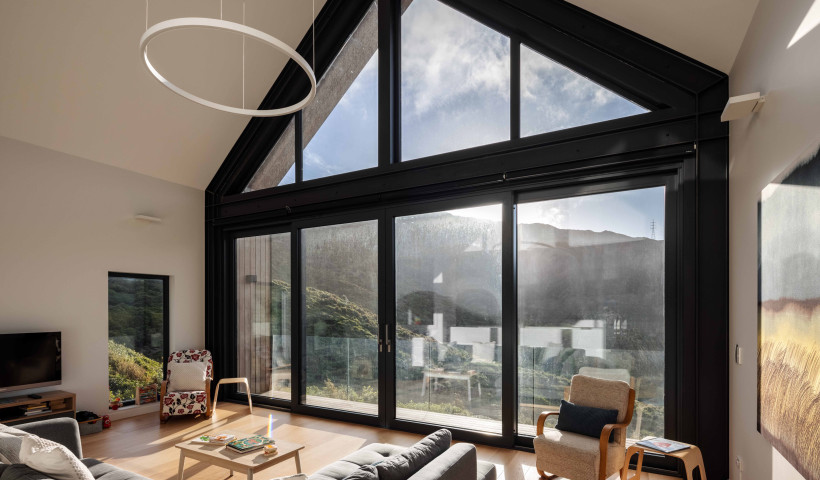
 Popular Products from pro clima
Popular Products from pro clima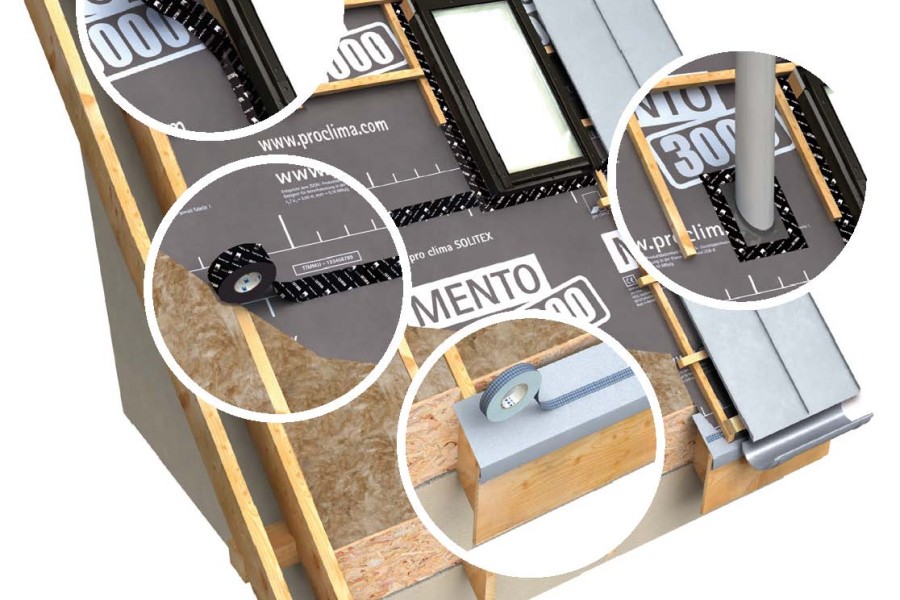

 Posts by Pro Clima Technical
Posts by Pro Clima Technical
 Most Popular
Most Popular



